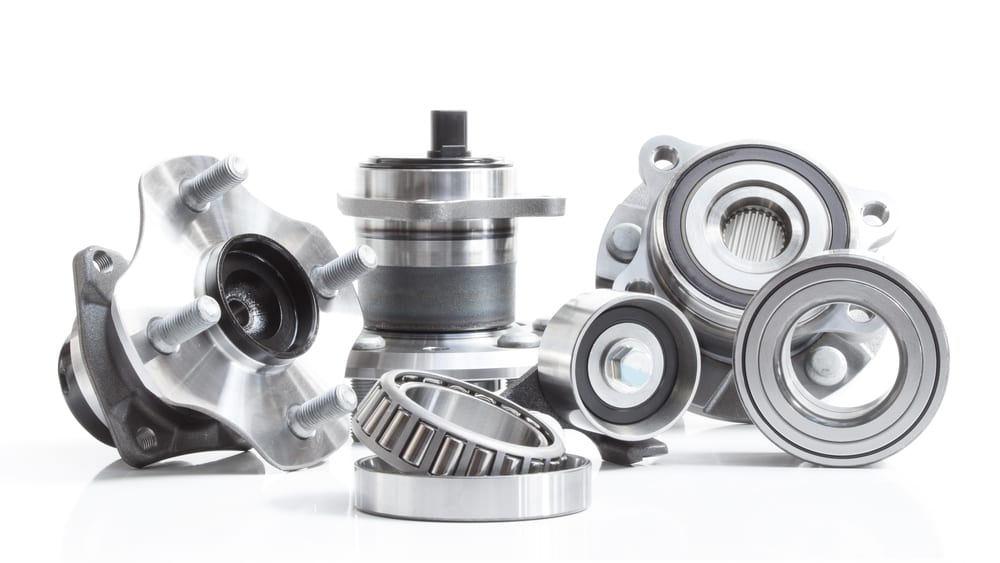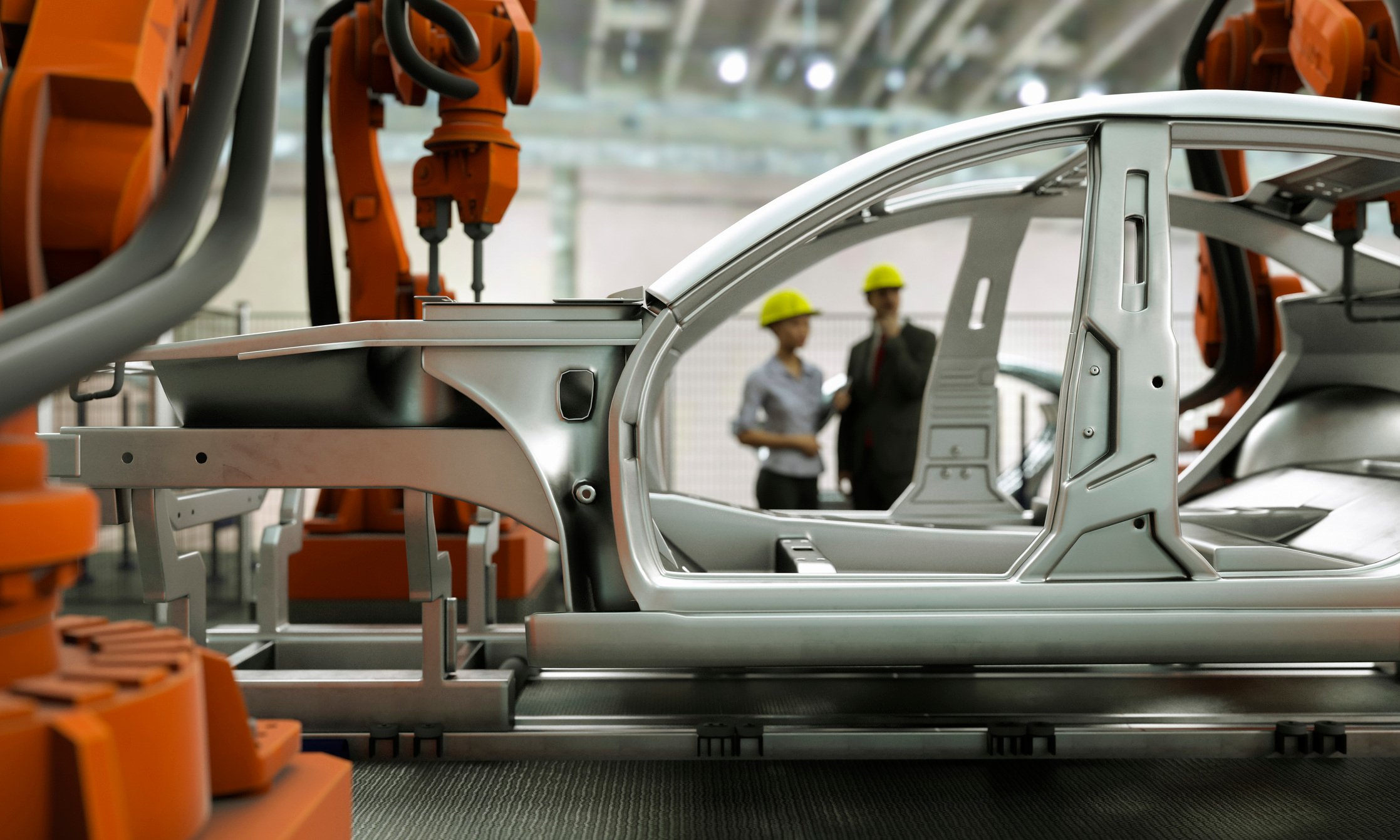Once upon a time, in a world not so far away, manufacturing was a labor-intensive, time-consuming, and often wasteful process. Enter metal 3D printing technology, the superhero of modern industry, swooping in to save the day with its remarkable ability to create intricate designs with precision and efficiency. As we embark on this journey into the realm of metal 3D printing, prepare to have your mind blown by the capabilities of this transformative technology.
The Rise of Metal 3D Printing
Metal 3D printing, also known as additive manufacturing, has been around for a few decades, but it’s only recently that it has gained significant traction across various industries. What was once considered a niche technology is now becoming a mainstream tool, revolutionizing the way we design and create products. From aerospace to healthcare, metal 3D printing is proving to be a game-changer, offering unparalleled levels of customization, speed, and efficiency.
How Does Metal 3D Printing Work?
At this point, you might be wondering, “How does this magical process actually work?” Well, fear not, curious reader, for I am here to guide you through the mesmerizing world of metal 3D printing. The process typically begins with a digital 3D model, which is sliced into layers. These layers are then printed one on top of the other using a variety of techniques, such as selective laser melting (SLM) or electron beam melting (EBM). The result? A solid, metal object that would make any metalworker proud.
The Perks of Metal 3D Printing

We all love a good list, don’t we? So, let’s break down the benefits of metal 3D printing in a way that even your grandma would understand:
- Design Flexibility: Metal 3D printing allows for the creation of complex geometries that would be impossible or too costly to achieve with traditional manufacturing methods.
- Reduced Waste: Unlike subtractive manufacturing, which removes material to create a part, additive manufacturing only uses the material necessary, minimizing waste.
- Speed: Need a part quickly? Metal 3D printing can significantly reduce production times, making it ideal for rapid prototyping and on-demand manufacturing.
- Cost-Effective: While the initial investment in 3D printing technology might be steep, the long-term savings in material costs and time can be substantial.
- Customization: Whether it’s a one-off prototype or a batch of personalized products, metal 3D printing offers unparalleled levels of customization.
Now that we’ve covered the basics, let’s dive deeper into how different industries are harnessing the power of metal 3D printing.
Aerospace: Reaching New Heights
The aerospace industry has always been at the forefront of technological innovation, and metal 3D printing is no exception. With its ability to produce lightweight, high-strength components, this technology is helping aerospace companies reduce fuel consumption and increase efficiency. Just imagine a plane where every component is optimized for weight and strength, and you’ve got a glimpse into the future of aviation.
One of the most significant advantages of metal 3D printing in aerospace is the ability to create complex parts with fewer components. For example, a traditionally manufactured aircraft engine might consist of hundreds of parts, each requiring assembly. With metal 3D printing, these parts can be consolidated into a single component, reducing assembly time and potential points of failure. It’s like turning a jigsaw puzzle into a single, beautiful piece of art.
Healthcare: A New Frontier

When it comes to healthcare, metal 3D printing is a real lifesaver—literally. This technology is enabling the production of customized medical implants and prosthetics, tailored to fit individual patients perfectly. Gone are the days of one-size-fits-all solutions; now, patients can receive implants that match their unique anatomy, improving comfort and outcomes.
Orthopedic implants, dental prosthetics, and even cranial implants are being produced using metal 3D printing, offering patients a new lease on life. In the future, we might even see biocompatible metal 3D printed organs, but let’s not get ahead of ourselves. For now, let’s appreciate the incredible advancements that are already taking place in the world of healthcare.
Automotive: Driving Innovation

The automotive industry is another sector that’s embracing metal 3D printing with open arms. From prototyping to production, this technology is helping manufacturers create lighter, more efficient vehicles. By reducing the weight of individual components, metal 3D printing is contributing to improved fuel efficiency and reduced emissions, making it a win-win for both the environment and consumers.
One of the most exciting developments in the automotive world is the use of metal 3D printing to create custom parts for high-performance vehicles. Imagine a sports car with a chassis optimized for aerodynamics and weight distribution, all thanks to the wonders of metal 3D printing. It’s enough to make any car enthusiast’s heart race.
Challenges and Opportunities
Of course, no technology is without its challenges, and metal 3D printing is no exception. One of the primary hurdles is the cost of materials and equipment, which can be prohibitive for some businesses. Additionally, there are still limitations in terms of the size and complexity of parts that can be printed.
However, as the technology continues to evolve, these challenges are being addressed. Advances in materials science are leading to the development of new metal alloys that are more affordable and easier to work with. Meanwhile, improvements in 3D printing equipment are expanding the range of possibilities for what can be produced.
The Future of Metal 3D Printing
As we look to the future, the potential applications of metal 3D printing are virtually limitless. From space exploration to the construction industry, this technology is poised to revolutionize the way we build and create. Imagine a world where entire buildings are constructed using 3D printed metal components, or where spacecraft are manufactured in orbit using materials sourced from asteroids. The possibilities are truly endless.
In conclusion, metal 3D printing is transforming industries across the globe, offering new levels of efficiency, customization, and innovation. Whether you’re an aerospace engineer, a healthcare professional, or a car enthusiast, there’s no denying the impact that this technology is having on the world. So, the next time you see a 3D printer in action, take a moment to appreciate the incredible potential it holds. After all, we might just be witnessing the dawn of a new industrial revolution.